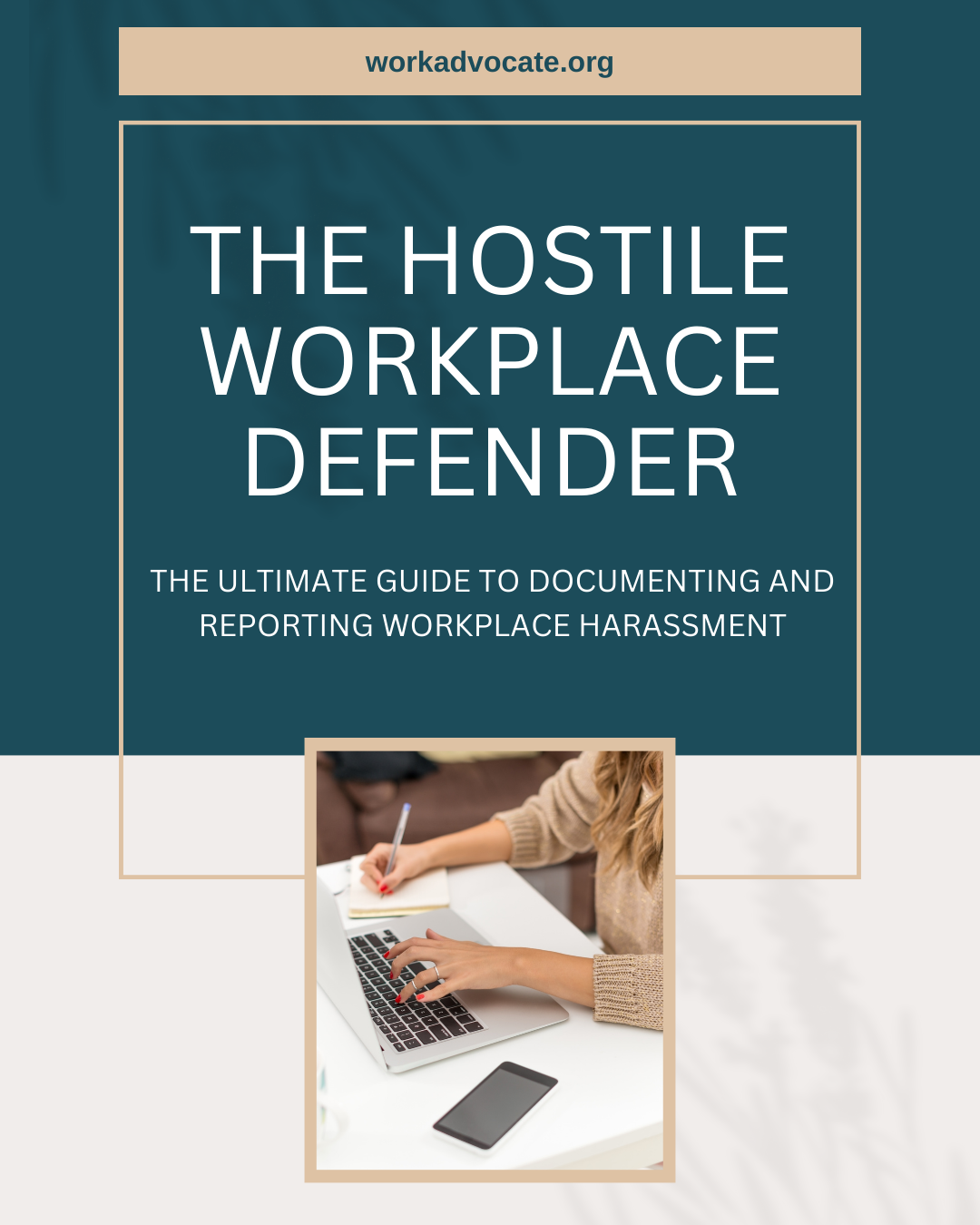
Making sure to document workplace harassment is a crucial step in protecting your rights and building a case against your harasser.
This guide will walk you through the process, explaining what to document, how to document it, and why it’s so important.
Why Documentation Matters:
- Evidence: Documentation provides concrete evidence of the harassment you’ve experienced. It can help corroborate your claims, strengthen your case, and hold the harasser accountable.
- Memory Aid: Even minor incidents can fade over time. Detailed documentation ensures you remember the specifics of each event, including dates, times, and details.
- Pattern of Behavior: Documenting multiple incidents can reveal a pattern of harassment, which is essential for proving a hostile work environment.
- Communication Tool: Your documentation can be used to communicate the issue clearly and effectively to HR, management, or legal counsel.
- Empowerment: Documenting each incident can help you feel more in control and less overwhelmed by the situation.
What to Document:
- Date, time, and location of the incident: Be as specific as possible.
- Names and titles of everyone involved: Include the harasser, any witnesses, and anyone you reported the incident to.
- Detailed description of the incident: Describe the specific words or actions that occurred, including any offensive language or gestures.
- Your emotional and physical responses: Describe how the incident made you feel – scared, humiliated, stressed, etc.
- Any witnesses: Note their names and contact information.
- Any actions you took: Did you confront the harasser? Report it to HR? Document everything you did in response to the incident.
How to Document:
- Keep a daily log: Use a notebook, journal, or digital app to record each incident as soon as possible.
- Be specific and objective: Stick to the facts and avoid emotional language or speculation.
- Use direct quotes: If you can remember the exact words used, write them down.
- Save emails, text messages, or other communication: These can serve as valuable evidence.
- Consider taking pictures or videos: If it’s safe and legal to do so, document any physical evidence of the harassment.

The Hostile Workplace Defender
Step-by-Step guide to help you identify, document and report toxic workplace actions.
Additional Tips:
- Keep your documentation confidential: Store your records in a secure location where your harasser cannot access them.
- Update your records regularly: Don’t let weeks or months pass between incidents without documenting them.
- Share your documentation with trusted individuals: Talk to a friend, family member, therapist, or attorney about what you’re experiencing.
ACTION: If you’re ready to take the next steps and need templates and detailed instructions on documenting workplace harassment, download our guide, The Hostile Workplace Defender .
Documenting workplace harassment is a powerful tool for protecting yourself and seeking justice. By creating a comprehensive and detailed record, you can build a strong case, hold your harasser accountable, and reclaim your workplace.




